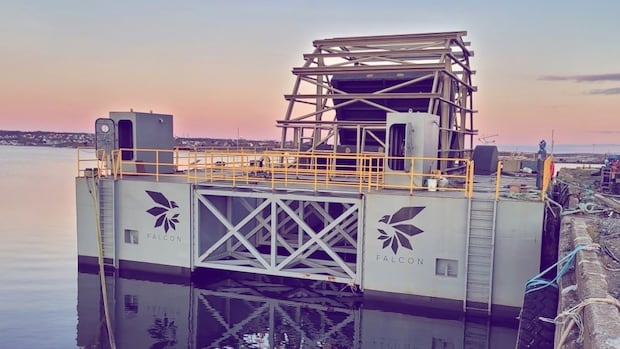New Halifax plan examines how downtown soccer stadium fits with neighbouring projects

A comprehensive plan has been put forth to explore the potential of constructing a permanent soccer stadium in downtown Halifax. The proposed site, known as the Wanderers Block, is predominantly municipal land situated within the Halifax Common. However, the current location of the temporary soccer facility presents challenges for accommodating the stadium and meeting the needs of other groups in the area.
During a presentation to the city’s community planning and economic development committee, municipal staff outlined a functional plan for the Wanderers Block that takes into consideration the requirements of existing and potential future tenants. These include two professional soccer teams, a horse riding school, a lawn bowling club, and municipal parks staff.
The Halifax Wanderers and the newly established Halifax Tides women’s team are seeking a permanent 8,500-seat stadium equipped with essential amenities such as running water, locker rooms, and concession areas. Additionally, they envision a turf field that can facilitate year-round play for amateur and school teams, as well as host concerts with a standing capacity of 13,000 people. The estimated cost for such a stadium is approximately $40 million, with the Wanderers proposing a partnership with the city for construction and operation.
The Halifax Lancers horse riding school aims to expand their facilities by adding more stables, enlarging the outdoor riding ring, and constructing a second indoor riding arena to accommodate a growing membership and program offerings. The Wanderers Lawn Bowling Club, a historic presence on the site since 1887, is seeking increased visibility and a larger clubhouse for rental purposes. Additionally, the Public Gardens Foundation has expressed interest in a Victorian-style conservatory to showcase plants year-round.
The plan offers three different scenarios for integrating these projects on the site, each requiring compromises from all stakeholders. While some options allow for a dual-purpose field for soccer and rugby, accommodating football would necessitate displacing one of the existing tenants. Furthermore, expanding the seating capacity would only be feasible if additional land were obtained from the Museum of Natural History property, potentially enabling a stadium with 9,000 to 10,000 seats.
Several council members raised concerns about the proposed plan, suggesting that a larger stadium should be located elsewhere to accommodate a broader range of sports and commercial activities. References were made to Ottawa’s Lansdowne Park as a model to emulate, showcasing a multifunctional space that includes a stadium, playgrounds, shopping areas, public lawn, and skatepark.
Despite the success of the current pop-up stadium, which has attracted sizable crowds for games, council members emphasized the need for a more permanent and comprehensive facility. With the addition of the Halifax Tides and plans for hosting international matches, the limitations of the existing infrastructure have become apparent.
As discussions progress, the focus will shift towards determining the most viable development projects for the Wanderers Block. Preliminary cost estimates range from $116 million to $123 million, factoring in inflation and a projected construction start date of 2029. Regional council will review the plan in an upcoming meeting and consider requesting a staff report to outline a recommended approach for the site, including securing funding from various sources.
Public consultation will be integral to the decision-making process, ensuring that community input is incorporated as plans for the Wanderers Block evolve. Ultimately, the goal is to create a sustainable and inclusive space that meets the diverse needs of all stakeholders while enhancing the vibrancy of downtown Halifax.




